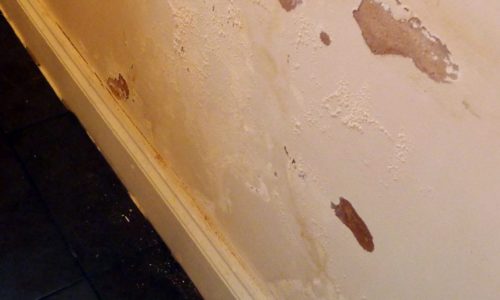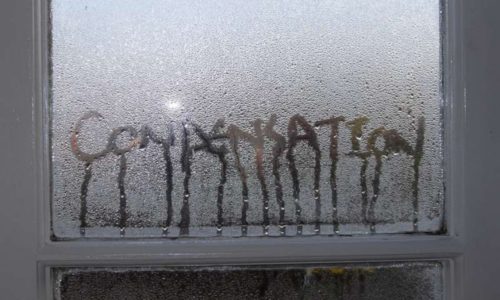All wood rotting fungi require moisture in order to thrive. Keep timber dry it will not decay. However, if untreated timber is allowed to become damp and to remain in that condition, it can be attacked by one or more of the many species of wood rotting fungi/woodworm.
The terms ‘wet rot’ and ‘dry rot’ are most used to describe fungal attack on timber.
Therefore it is important to identify whether timber decay has been caused by dry rot or another wood-destroying fungus. This is because dry rot has the ability to travel through building materials other than timber, giving outbreaks the potential to spread quickly through a building.
Additional measures including masonry sterilization may often have to be taken when treating dry rot outbreaks over and above those necessary when dealing with outbreaks of other wood-rotting fungi.
Dry rot treatment may involves considerably work than just spraying of timber with a wood preservative. To eradicate an attack by the dry rot fungus and to provide long lasting protection against re-infestation requires a comprehensive scheme of chemical treatment. Treatment is extended in all directions from areas of known infestation. Brickwork, masonry and timbers are sterilised to ensure that any deep seated fungal growth is contained.
It is essential that the building work should include the correction of the ingress of moisture responsible for the attack and replacement of any structurally weakened timber with treated timber.


